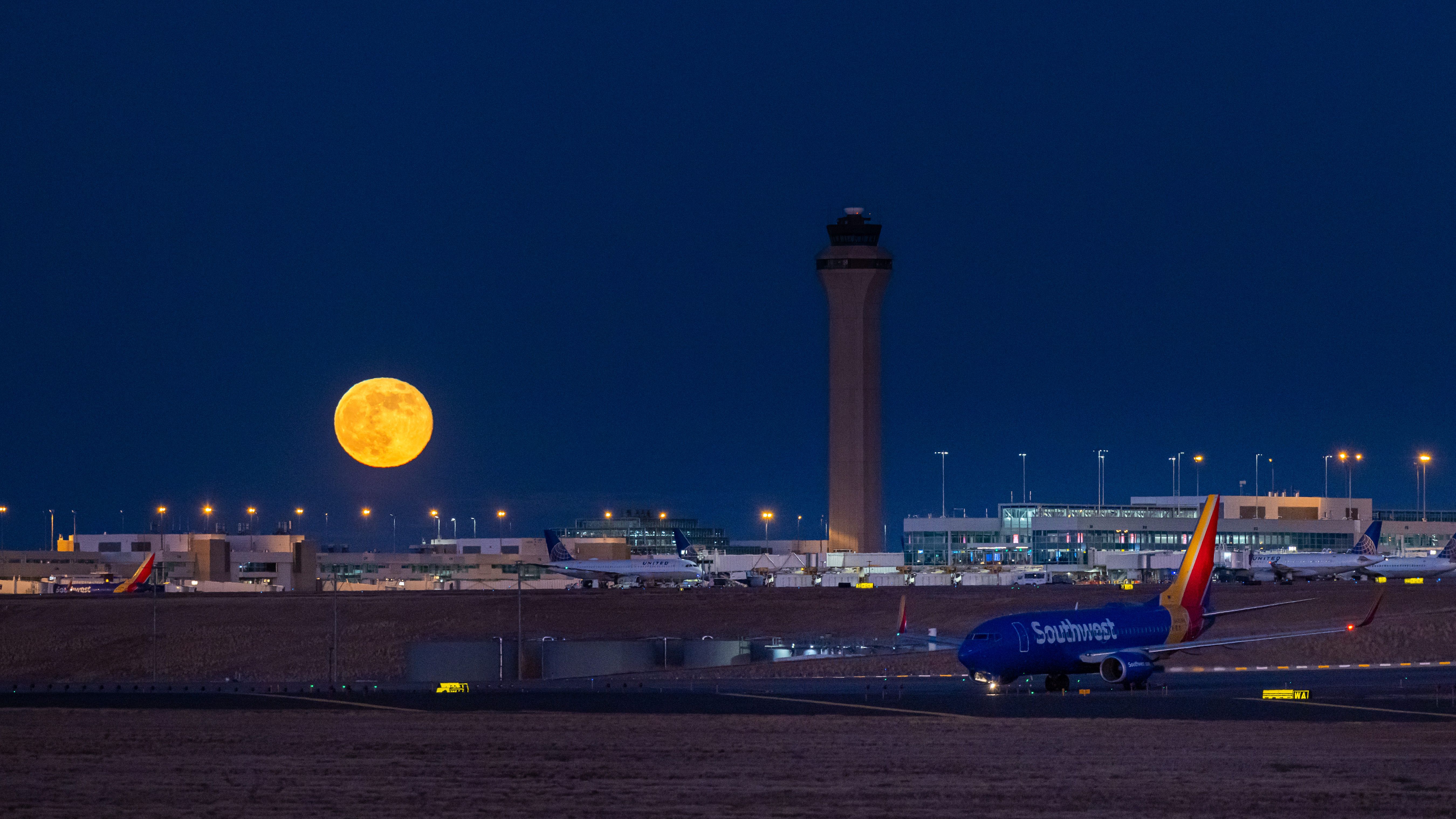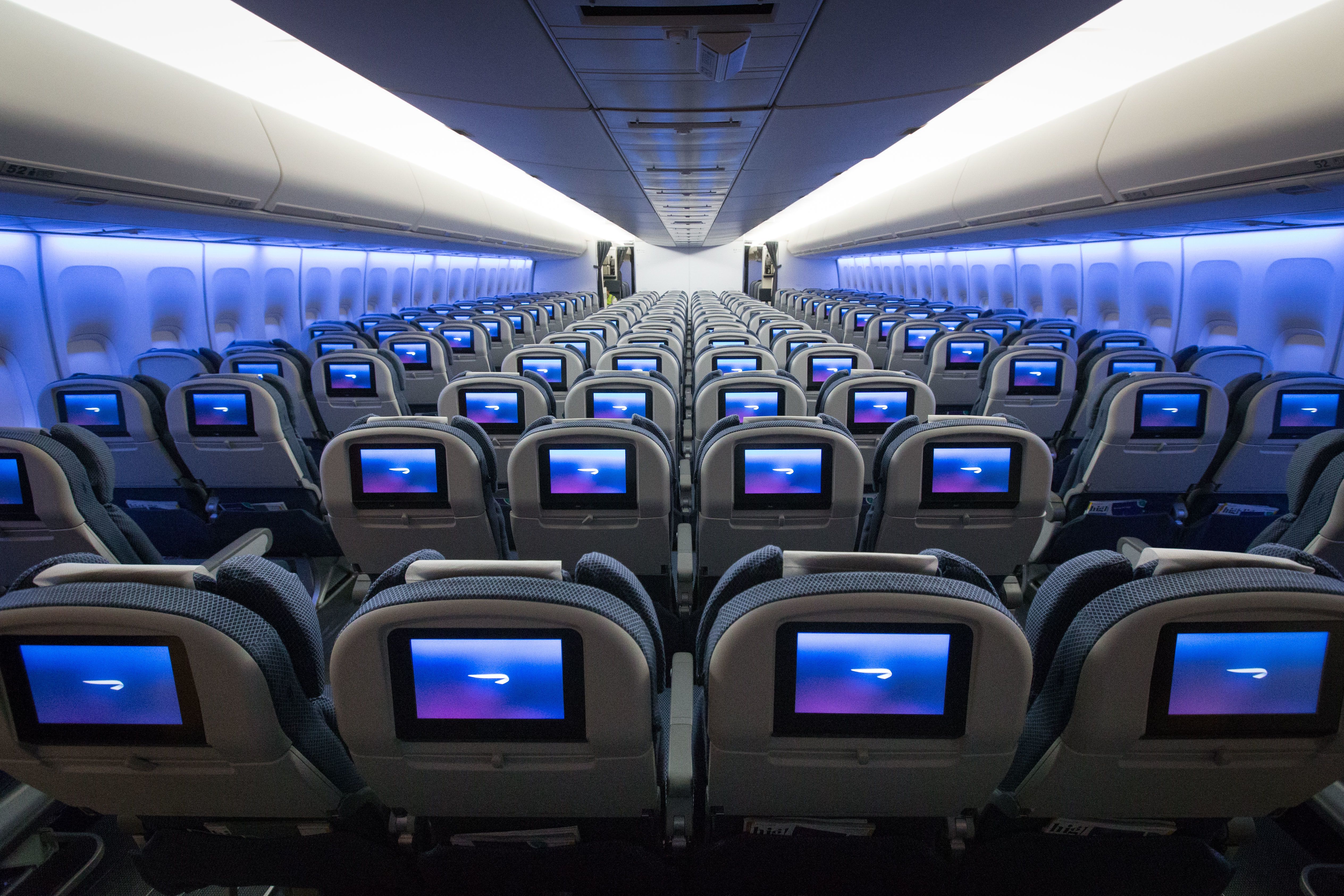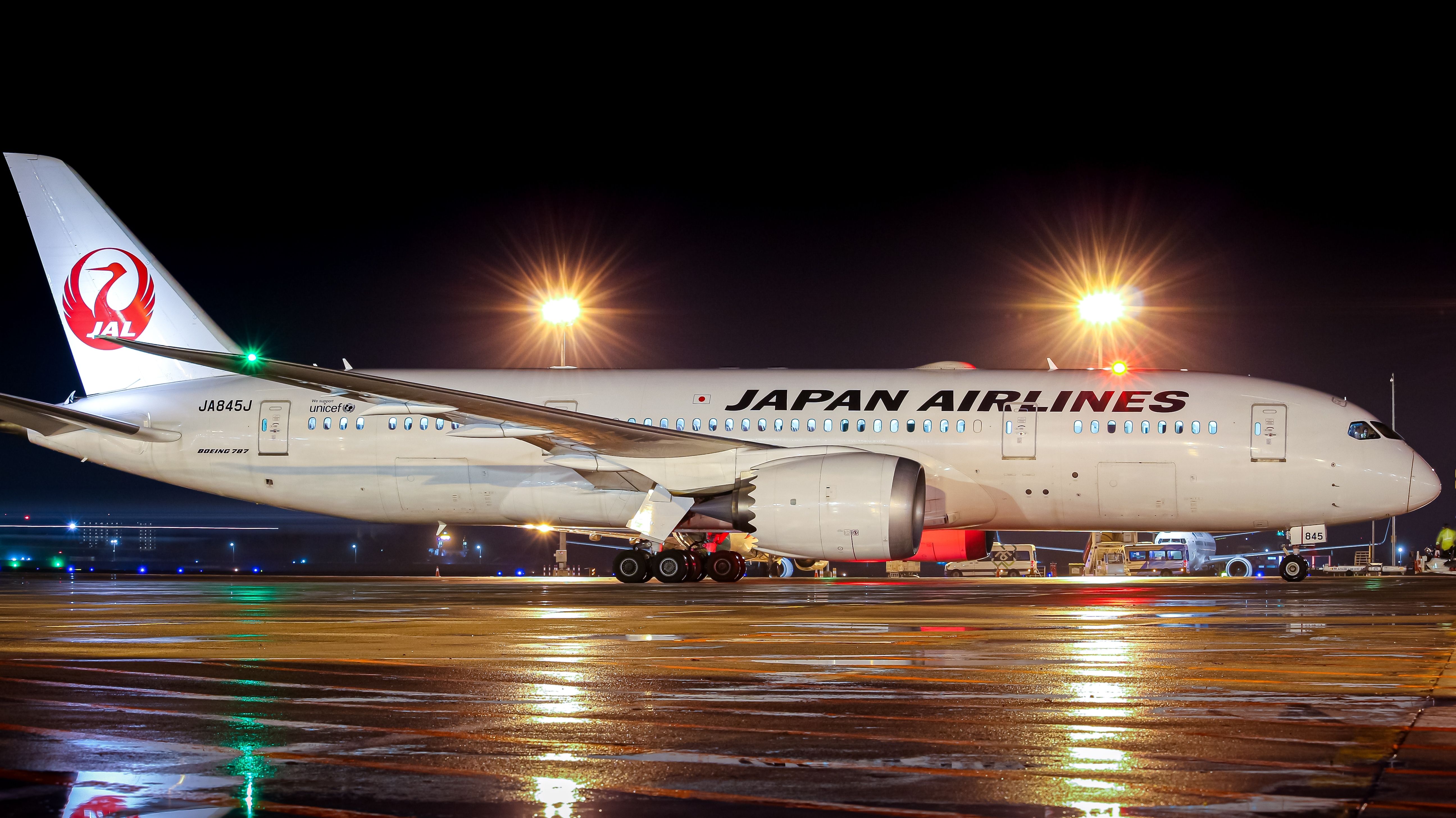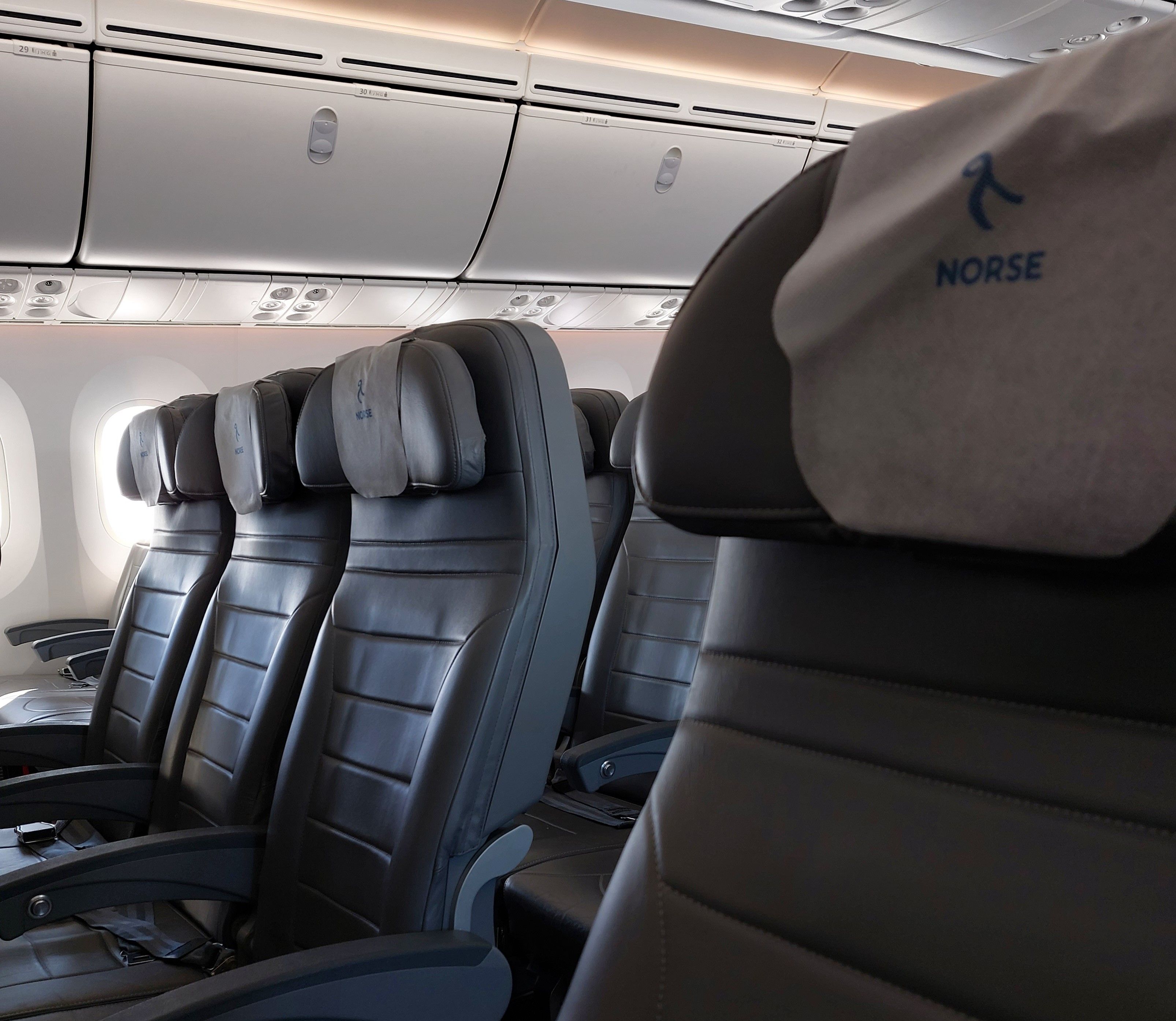Sleeping on a plane, particularly on long-haul flights, can often be a challenge. First and business class flatbeds provide the best chance in this regard, but, for most customers, the reality of long-haul flying is an upright seat in economy class. While these recline to a certain extent, they're a far cry from our beds at home.
Sitting upright for more than six hours is not the most comfortable, and having to sleep in a seat surrounded by strangers can be stressful. With this in mind, we've gathered some tips for catching forty winks on long-haul flights!
Choosing the right seat
Choosing the right seat is the first step to getting a good night's sleep on a flight. On long-haul rotations, it may even be worth paying for seat selection to guarantee the desired seat, as this could make or break your flight experience. However, if you have a frequent flyer status on the airline you are flying, the seat selection fee may be waived, though this does depend on the route and the carrier.
Want answers to more key questions in aviation? Check out the rest of our guides here!
Some passengers will have a strong preference for window seats on long-haul overnight flights. After all, these seats are useful in that they allow passengers to lean into the window (or the wall if you're unlucky) and get some shut-eye. This can make a considerable difference compared to having to sit straight in a middle seat.
However, one disadvantage to window seats is that passengers may have to get past two seats in order to reach the aisle to access the bathroom or the galley. That being said, this does depend on the exact aircraft type. For instance, the majority of Airbus A330 operators fit their aircraft with eight abreast 2-4-2 configurations, meaning that window passengers only have one seat between them and the aisle.
Boeing's widebodies tend to have either nine or ten seats per row as standard, meaning that this is less likely. The smaller 767 (typically seven-abreast in a 2-3-2 layout) is a notable exception, as are Japan Airlines' Boeing 787s. While most 787s have 3-3-3 configurations, the Japanese flag carrier has a 2-4-2 setup onboard.
Aisle seats are a better alternative for some, as passengers have unrestricted access to the aisle, bathroom and galley, which can be helpful if you want to stretch your legs. The worst thing about sitting in an aisle seat is being woken up by the people next to you, asking to go to the bathroom. Either way, it beats a middle seat!
Bringing the right things
Now that you've chosen the right seat on your flight, your next step is to pack a bag with items that will help you get a good night's rest. Some of these items may include an eye mask, ear plugs, and a travel pillow, with these components each playing a different but important role in creating an optimal environment for sleep.
While flight attendants do generally dim the cabin lights on overnight services, they may do so only after completing the first meal service. With this in mind, if you are planning to sleep immediately after take-off, it can be advisable to bring an eye mask with you. If your neighbors are noisy, or if the aircraft's engines are keeping you awake, a good pair of earplugs can help to block out noise.

Emirates Raises Awareness For Endangered Animals With New Amenity Kits
The carrier has teamed up with United for Wildlife as part of its latest initiative.If amenity kits are offered, these will likely contain an eye mask and/or earplugs. However, they are less likely to feature larger travel pillows, but these are worth investing in if you want to sleep well on a plane. After all, ensuring that your neck is supported will get you one step closer to sleeping through the night.
Passengers can also seek medical advice
If you still find yourself not being able to sleep on a plane after these steps, then you might need to consider seeking some sort of medical advice. Consult your GP or pharmacist to see what works best for you on these tricky trips.
What are your thoughts about sleeping in economy class onboard long-haul flights? Do you have any additional tips or stories to share? Let us know your thoughts and experiences in the comments!




